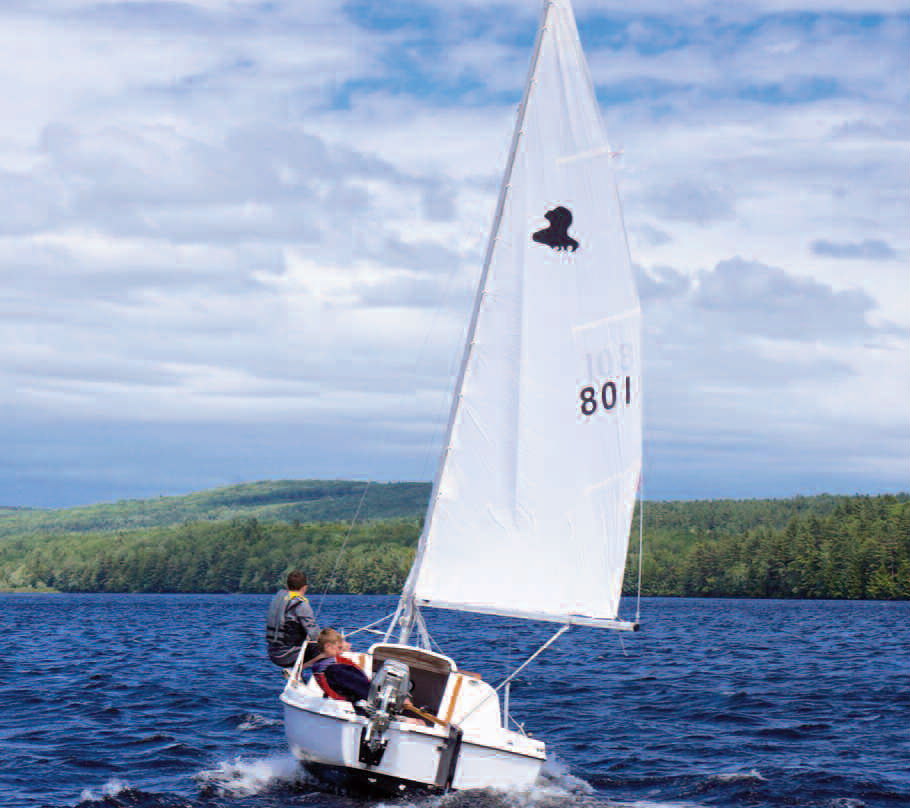COMMUNITY COMMENTARY: China selectmen explain their position on the fire department stipend controversy
 The China Board of Selectmen
The China Board of Selectmen
At the May 13, 2019, selectboard meeting, Palermo attorney Matt Evans appeared as spokesman on behalf of the three independently incorporated fire associations. Most recently, he confirmed to the town manager that he is representing them as their legal counsel. Mr. Evans and the fire associations are concerned that the $40,000 in volunteer stipend funds approved for the fiscal year 2019/2020 budget year will not be lawfully provided by the town. The selectboard made clear at the meeting that the funds will be provided, but they will be provided lawfully.
At issue is the interpretation of the laws governing the payment of volunteer stipends and whether the town can require the fire and rescue services provide how the volunteer stipends are calculated before funds are disbursed to them. Existing Maine law requires that the municipal treasurer “shall not” pay accounts or claims made against the municipality unless they are itemized. The law does not define “itemized”; therefore, it is up to the treasurer to determine what is a satisfactory definition of “itemized.”
When it was discovered by the town manager that the calculation of stipends was in violation of federal regulations and threatened the volunteer status of firefighters and rescue personnel, he informed the fire and rescue services chiefs and provided an analysis that showed the total amount that should have been paid out using the data supplied by the fire and rescue chiefs and following the federal regulations. That amount should have been less than $14,000 in total for all four organizations over the 18 months the data covered, but more than $63,000 was provided for the current and last fiscal years.
At the last town meeting voters approved to raise and/or appropriate another $40,000 for volunteer stipends, bringing the total now to $110,000. At that meeting a voter asked if the payment of the stipend amount budgeted would be a violation of law, and the town manager affirmed that it would not be a violation as long as the calculation of the stipends was done in accordance with federal and state laws and regulations.
Twice it was suggested by the China Village chief that requiring such calculation of volunteer stipends is unnecessary, since it is unlikely any enforcement action would be taken. It was mentioned by the South China chief at the town meeting that the fire associations do not have sufficient information with which to determine what the stipends should be, so the funds should just be given them and they will figure it out on their own. These remarks alone help to understand why we are requiring the fire and rescue associations, and any other organization that requests volunteer stipend funds (none others currently do) to provide the evidence for how those stipends are calculated.
The selectboard has consistently supported the fire and rescue services, and it was the selectboard that initiated the provision of stipends to acknowledge and encourage volunteer service. Having learned that the method of calculating stipends was being done incorrectly, we intend to see that it is done correctly and legally. The most important considerations for our position is to protect the volunteer status of firefighters and rescue personnel, and to ensure the public tax dollars entrusted to our care are lawfully spent.
See these related articles:
COMMUNITY COMMENTARY: “The way I see it” from a 60-year firefighter and former chief
Selectmen, fire chiefs engage in heated debate over town funding
China selectmen respond to fire chiefs’ letter
COMMUNITY COMMENTARY: An open letter to China residents from the town’s fire chiefs
2019 China town meeting: Selectmen, firemen get approval on stipend increases



 The following article does not constitute an endorsement by The Town Line staff or its board of directors.
The following article does not constitute an endorsement by The Town Line staff or its board of directors. by Fred Wian
by Fred Wian


 I wish to commend The Town Line newspaper for performing a public service in
I wish to commend The Town Line newspaper for performing a public service in 

